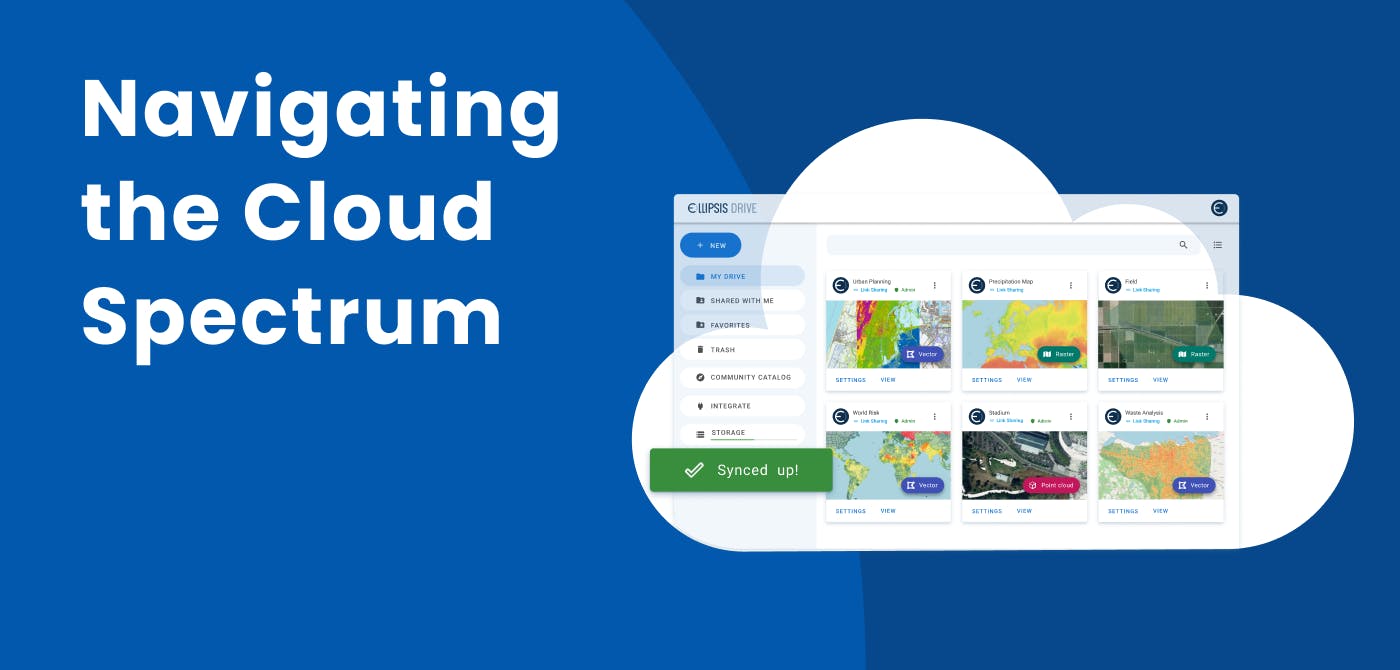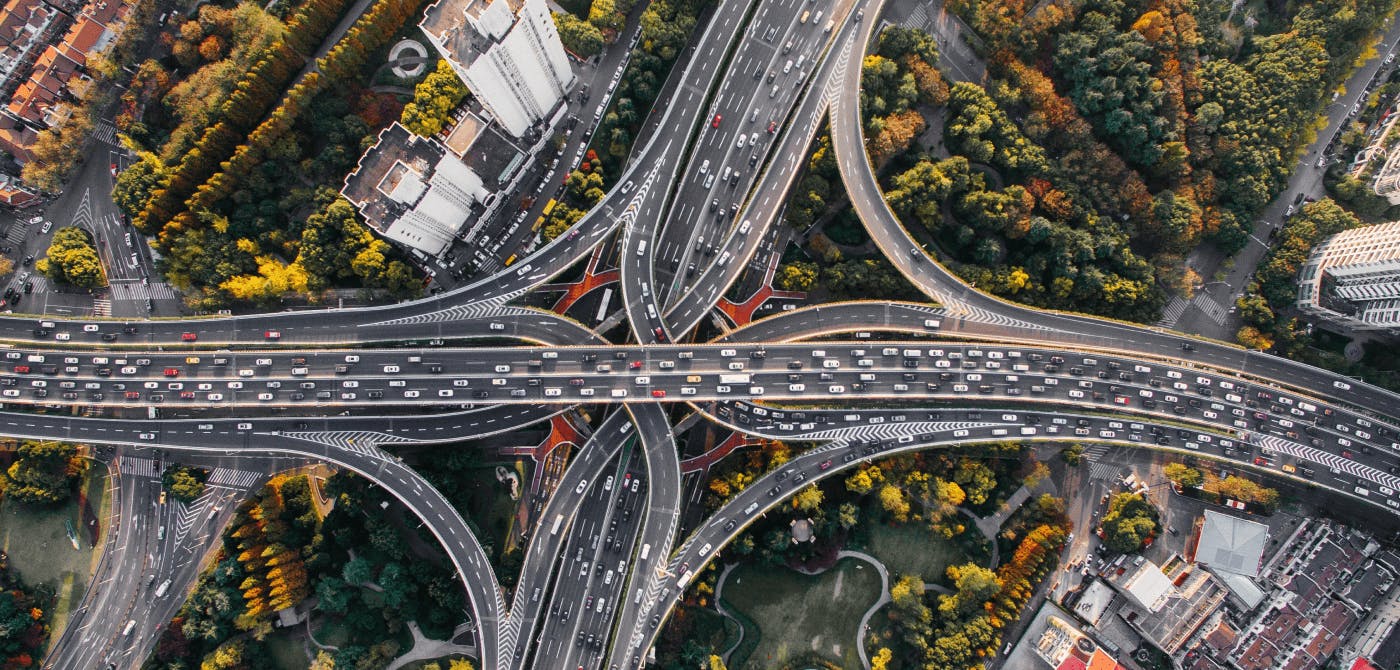GIS
Using Remote Sensing data to create Actionable Insights

Contents
What is Remote Sensing?
Geodata has increased in relevance over recent years. The Earth’s surface is full of interesting and useful data, data that is collected, processed and converted into valuable information. Information which is used by organizations of all sorts for decision making. This is exactly what the process of remote sensing entails, tracking and capturing data on the Earth’s surface remotely. Geodata is captured via several different methods, Earth observation satellites, aircrafts, ships, drones and UAVs to name a few. The geodata collected is fed into powerful GIS softwares and platforms that in turn create power insights which we will talk about later in this article.
Challenges of Geodata
In today’s day and age, there is no shortage of data. But that is not always a good thing. The remotely sensed input geodata coming into GIS softwares contains a lot of noise and is oftentimes heterogeneous. It comes in all shapes and sizes making it difficult for GIS experts to derive insights out of it. Turning data into ingestible information is the real challenge.
And even though this data is turned into information, dispensing it to relevant stakeholders is turning out to be a bigger problem. There is a need for a pipeline that not only deduces insights but also converts it into a homogenous entity that can be consumed easily.
Artificial Intelligence driven GIS software
There has been a recent growth in several Artificial Intelligence (AI) driven applications or algorithms that are able to quickly manoeuvre through complex geospatial data, clean it and make sense out of it.
AI algorithms have the below broad usages -
- Time series analysis - By analysing geospatial images over a period of time, AI algorithms are able to create patterns and identify trends. These insights are extremely useful in decision making and forecasting
- Image processing - Oftentimes the imagery available is not readily usable in its current format. The resolution might be less or the image might be unclear. Algorithms are now able to fill in the missing pieces and fill this gap
- Machine learning - AI algorithms are also used to power softwares that can learn and make decisions for themselves with remotely sensed data as inputs
Applications
The insights and analysis of geospatial data is what companies and organizations are after. Location intelligence is a concept that is growing in popularity. The reason is simple, there are countless applications of location led insights. We shortlist some of the main verticals where geospatial insights are used below. Click on them to know about their detailed uses -
- Disaster Management
- Asset Management
- Precision Agriculture
- City Surveillance (Improving Roadways)
- Environment Preservation
Conclusion
The geospatial industry is growing like never before. In conjugation with Artificial Intelligence (AI) the pace of growth has increased substantially. If used wisely, it can lead to the vision of smart cities and a smart world as a result earlier than anticipated. There are still several roadblocks and hurdles to go through, but the future looks bright for the geospatial industry and the organizations that jump on this trend and get a head start. Are you leading or lagging behind?
If you’re interested in leveraging geospatial data to make informed decisions then we are the right partner for this venture. Our play-and-play solution provides the ideal platform for geospatial collaboration and analysis. Get in touch with us today!
Liked what you read?

Subscribe to our monthly newsletter to receive the latest blogs, news and updates.
Take the Ellipsis Drive tour
in less than 2 minutes'
- A step-by-step guide on how to activate your geospatial data.
- Become familiar with our user-friendly interface & design
- View your data integration options

Related Articles

Navigating the Cloud Spectrum: From Generalist to Specialized, and the Perfect Middle Ground
The modern cloud ecosystem spans a wide spectrum of offerings, from general-purpose infrastructure to highly specialized platforms built for domain-specific tasks. At one end, generalist clouds provi
5 min read

Unlocking the Potential of Data: Comparing Tabular and Non-Tabular Protocols
The world of data is a complex landscape and each year, the complexity of that landscape grows exponentially. A combination of new data capturing technology, data processing technology and demands fo
6 min read

Understanding the importance of GIS in Urban Planning
Cities are robust places filled with life, but before it becomes a cosmopolitan paradise, plenty of ever-evolving complexities are happening behind the scenes to bridge the gaps and create an area spa
3 min read